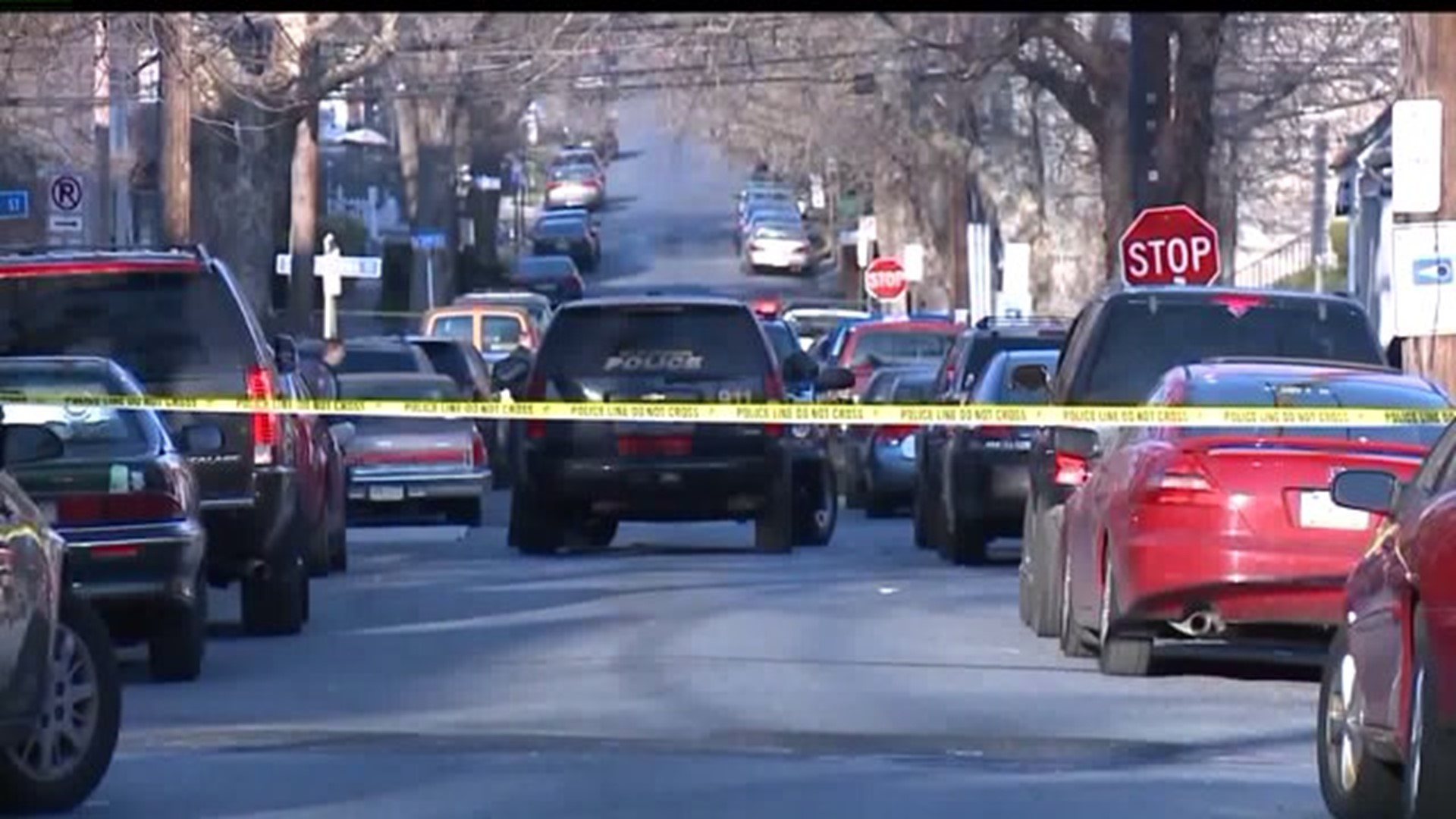HARRISBURG, Pa. -- It's been more than five months since Dereasha Leaks lost her son, and her Harrisburg home is a shrine to his memory just as much today as it was in December.
Pictures of Rayon Braxton are pasted to a folding cardboard display, while a larger photograph of a younger Rayon was blown up to fit on a 3-foot tall frame. His grandmother, also still in mourning, dons a t-shirt with his face on it.
Rayon Braxton was 25-years-old when police say he was shot multiple times on the night of November 28. He was shot at the third floor entrance, police said. Jerren Stuckey, 26, was arrested and charged in Braxton's killing 12 days later.
Braxton was killed while in the process of opening up Braxton Hall for the night. An event hall and dance club, Rayon had taken an abandoned warehouse on the corner of Derry and 18th Streets, and transformed it into a refuge for Harrisburg's young adults.
"He just wanted to be a light in a dark place to show people, we’re not all out here thuggin', gang bangin', you know, living that life," Dereasha Leaks said.
Rayon Braxton was part of a growing movement to fix one of Harrisburg's biggest issues: blight. Across the city, most notably in sections of Harrisburg's rough South Allison Hill neighborhood, sit condemned, vacant buildings. They are boarded up on the outside, typically the result of a fire, and often reek inside. Harrisburg Mayor Eric Papenfuse estimates the city has hundreds of condemned homes, and thousands more sit empty.
Harrisburg Police Chief Tom Carter, who grew up in the Harrisburg area and has been part of the police force since 1988, says he sees the impact of blighted buildings every day.
"It definitely affects the juveniles walking out their houses every day," Carter said. "All they see is run down properties, vacant properties, blighted properties, burnt down properties. That has to have some sort of psychological play in their minds."
Carter adds it creates a feeling of hopelessness among the city's youth. Homicide statistics back up his belief. Since 2013, Harrisburg has seen 63 homicides, 40 of which involved a victim between the ages of 17-30.
"Criminals are getting younger and younger. There are so many guns out there, people are tripping over guns. Everybody is carrying them," Carter says.
City officials see the statistics, and they're trying to be proactive in fixing the problem. The general consensus is, it starts with tearing down the city's eyesores. Within the last month, Papenfuse has taken money from the city's budget and devoted it to a demolition crew solely devoted to knocking down Harrisburg's blighted homes. The project began with a list of 10 properties at the beginning of April. Papenfuse hopes 30-40 blighted complexes can be destroyed before winter begins.
Also, within the past six month, Harrisburg has replaced more than 6,000 streetlights across the city with bright, LED lights in the hopes brighter, better lit sidewalks will reduce crime and help catch those who commit crimes anyway.
"We have a lot of people who invest money in the city," Chief Carter said, "A lot of people in surrounding areas want Harrisburg to thrive because if Harrisburg falls the whole surrounding area falls."
Harrisburg could, in fact, be ahead of some of the nation's biggest cities when it comes to how to reduce violent crimes. A 2016 study performed by doctors at the University of Pennsylvania and the Children's Hospital of Philadelphia showed removing blight could have a direct impact on a city's homicide rate.

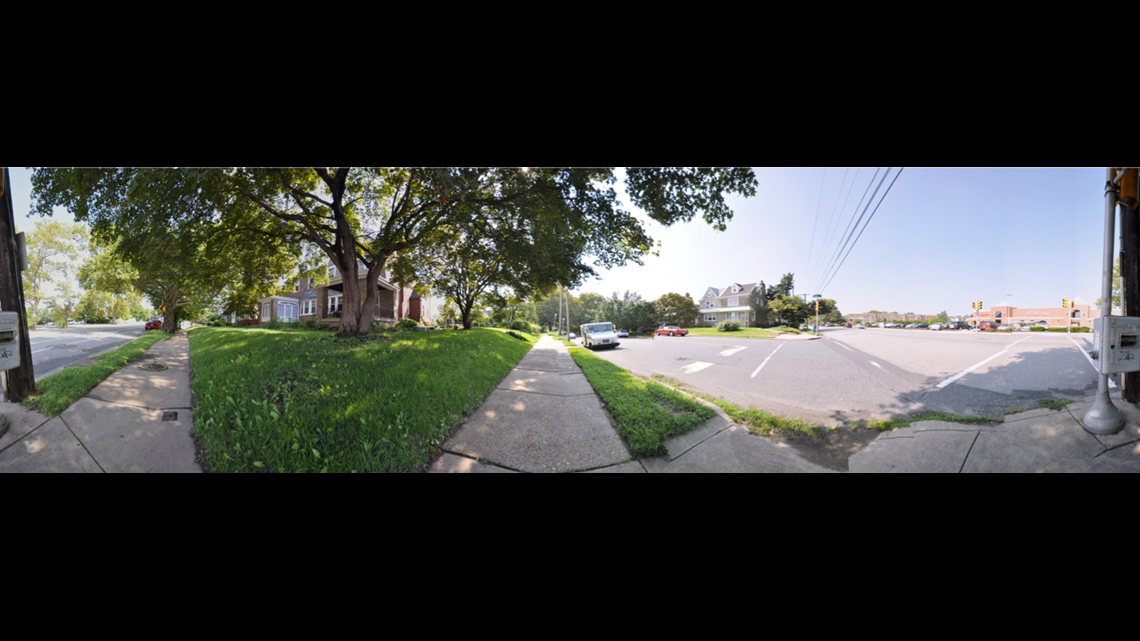
Doctors there used 155 different homicides across Philadelphia, using people 13 to 20 years old. Each team was sent to a location where a homicide occurred, shot still photographs, and observed what the scene was like when the homicide took place. They then compared those surroundings to those of a location where there were injured youth in Philadelphia, taken at the same times of when the homicides occurred.

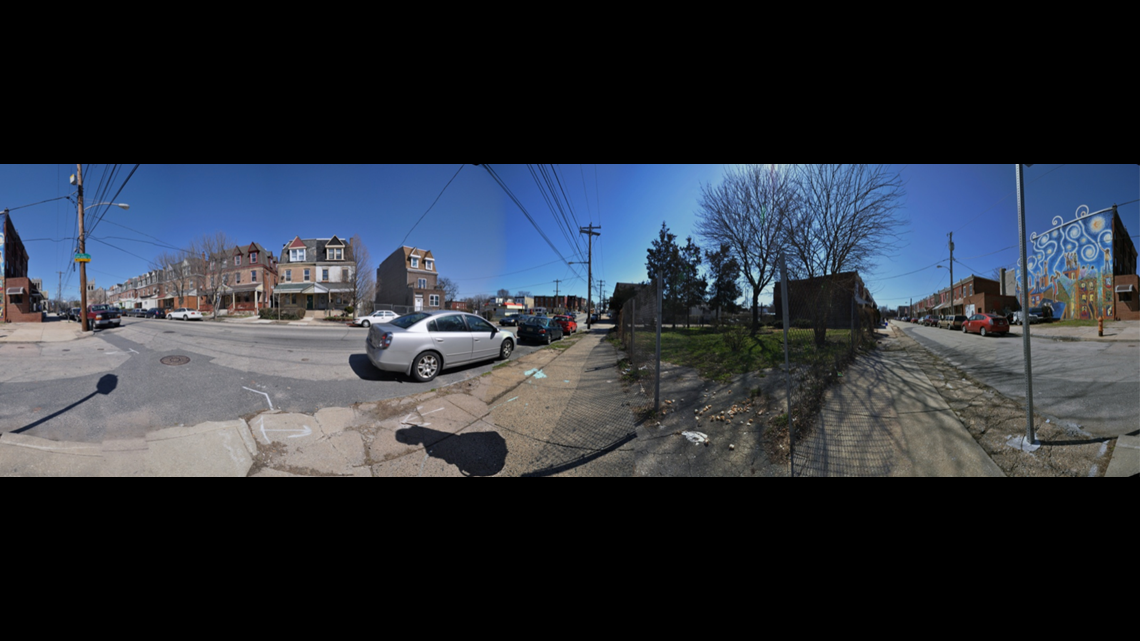
Dr. Alison Culyba, one of the study's co-authors, says her team studied the condition of sidewalks, broken windows, and street infrastructure.
"We found that the chance of homicide was significantly lower in areas that had street lights, pedestrian infrastructure, such as marked cross walks or walk/don't walk signs, public transportation, parks, as well as maintained vacant lots," Dr. Culyba said.
Simple, low-cost remediation, such as trash removal, or creating a community garden for

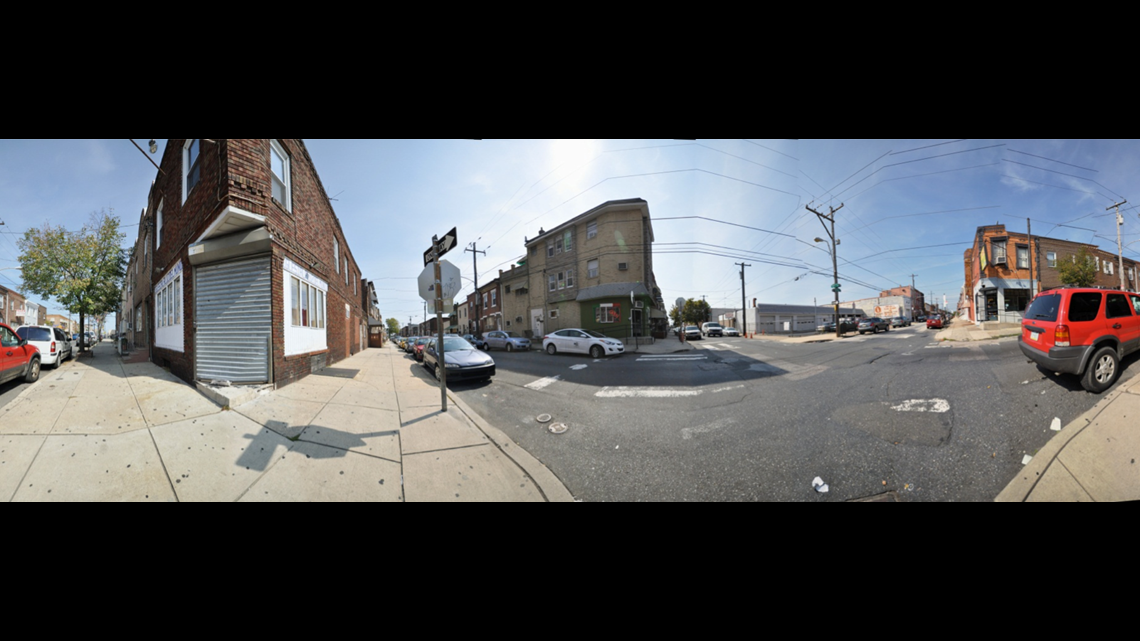
neighbors to care for on their own, Dr. Culyba says, has fact-based evidence which suggests it reduces crimes or makes communities feel safer.
"I think it's really exciting to see the efforts and money that Harrisburg is putting in to revitalize urban spaces," she says. "People are realizing that these are low-cost investments that may bring a very large return on investments across the city and the communities they're designed to serve."

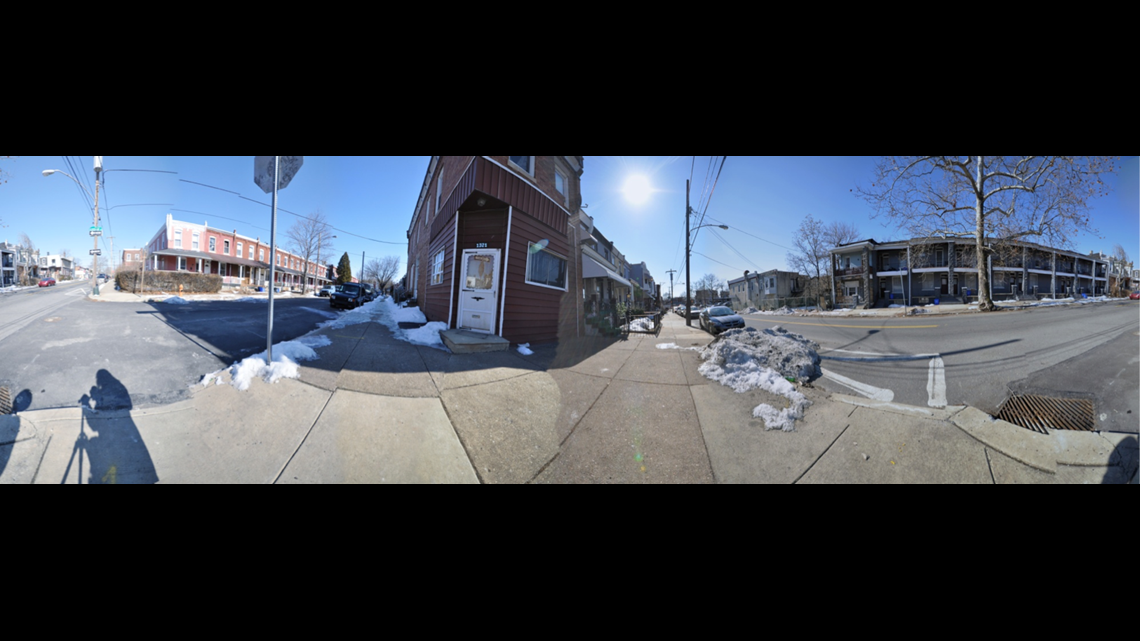
While Harrisburg, with the help of multiple federal grants, is fronting the money to fix its blight and crime issues, Chief Carter thinks the city's youth need something to believe in.
"We want to reach those kids that aren’t corrupted yet," he began. "We want to reach those kids so they can make up their own mind. We want to reach those kids to let them know, yes, every life matters, and you matter too, and you are somebody special."
Carter says he still has hope in the city, has never lost hope, and will never lose hope, despite the fact his nephew, John Thomas Carter III, was Harrisburg's latest homicide victim in late March.
"Harrisburg has great people here. I love the people of this city. There are only a couple bad actors here," Carter says. "So we’re gonna clean Harrisburg up. I will never lose hope. I’ve dedicated my life to this city."
As did Rayon Braxton, before he was taken Thanksgiving weekend in 2015. His mother, Dereasha Leaks, holds back tears as she remembers what her son was able to accomplish in a short period of time.
Dereasha has been a community activist herself for the last decade. Rayon's life, and death, and inspired her to do more. Beginning this summer, she says she plans on opening a teen drop center in Harrisburg; a place for the city's at-risk youth to stay for periods of time where they can be with friends, and off the streets. It will be developed in the same mold as Rayon's Braxton Hall concept.
"Once I seen (sic) the outpouring of people who loved him, and interacted with him every day, it speeded (sic) up in me, I cant let my son’s death be in vain," she said.

